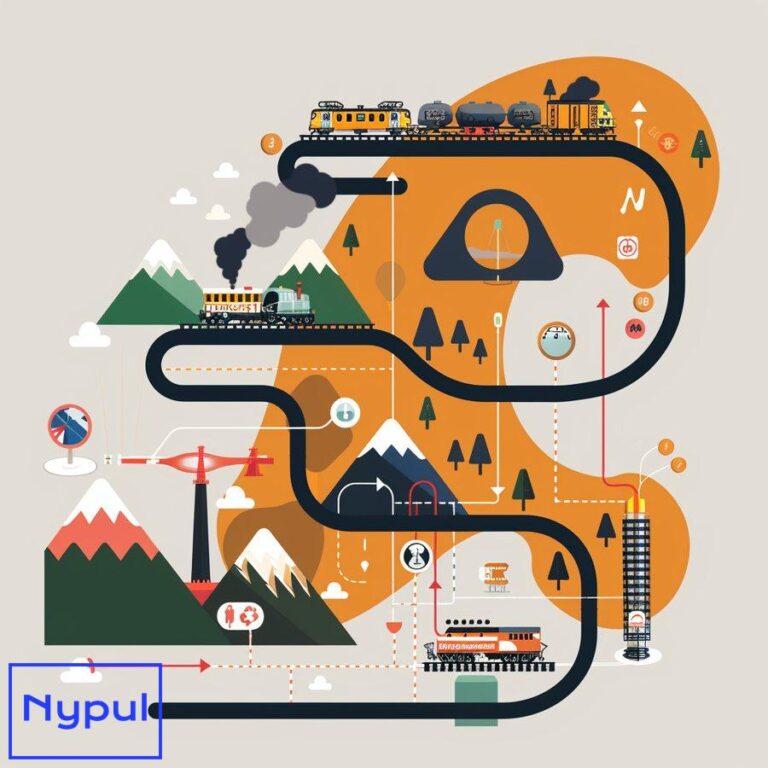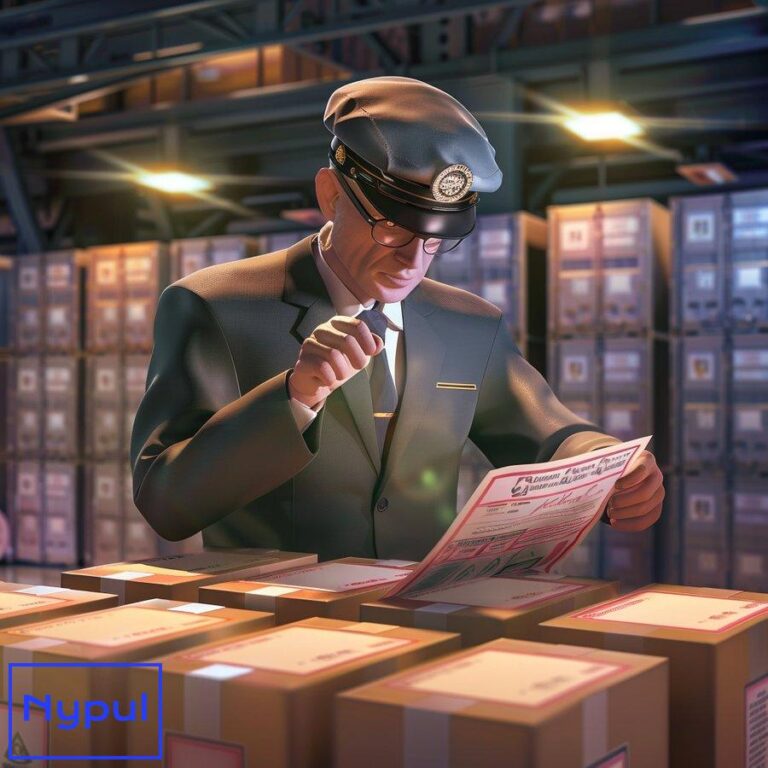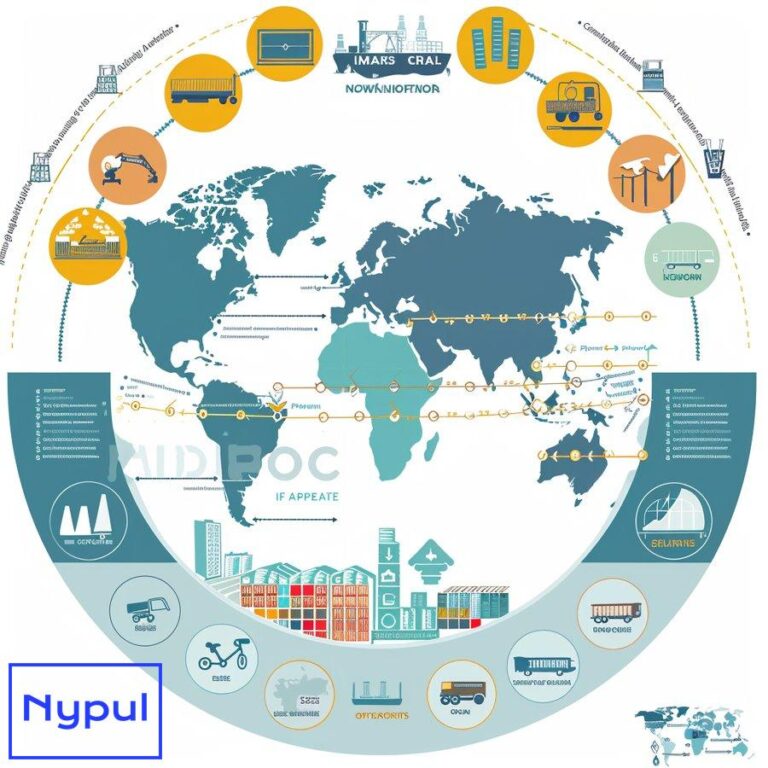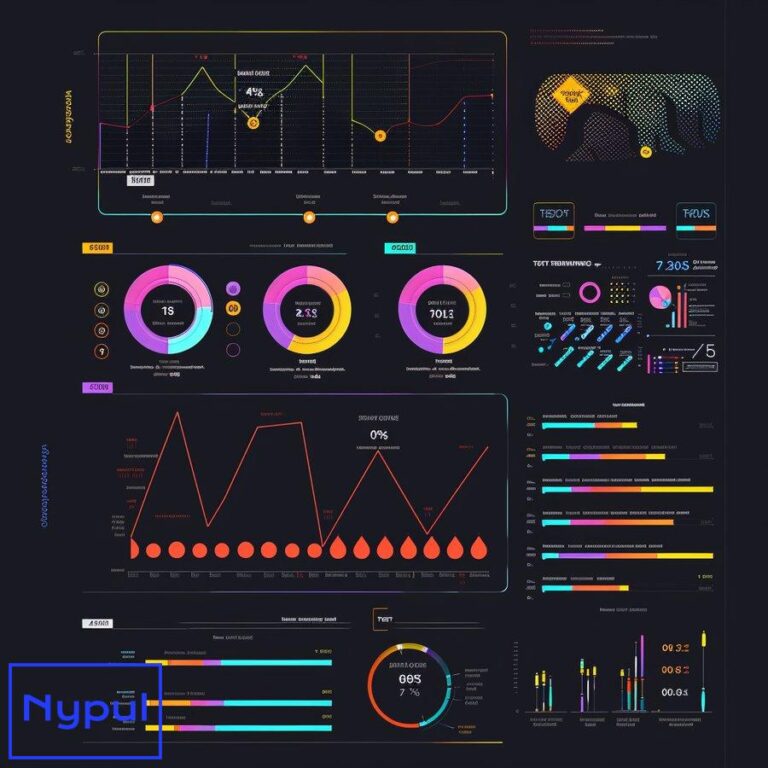What Is the Purpose of the FMCSA Hours-of-Service Regulations
What is the primary goal of FMCSA hours-of-service regulations? The Federal Motor Carrier Safety Administration (FMCSA) established hours-of-service (HOS) regulations to ensure the safety of commercial motor vehicle (CMV) drivers and the general public. The primary goal is to reduce the risk of accidents caused by driver fatigue, which can lead to severe injuries or…









